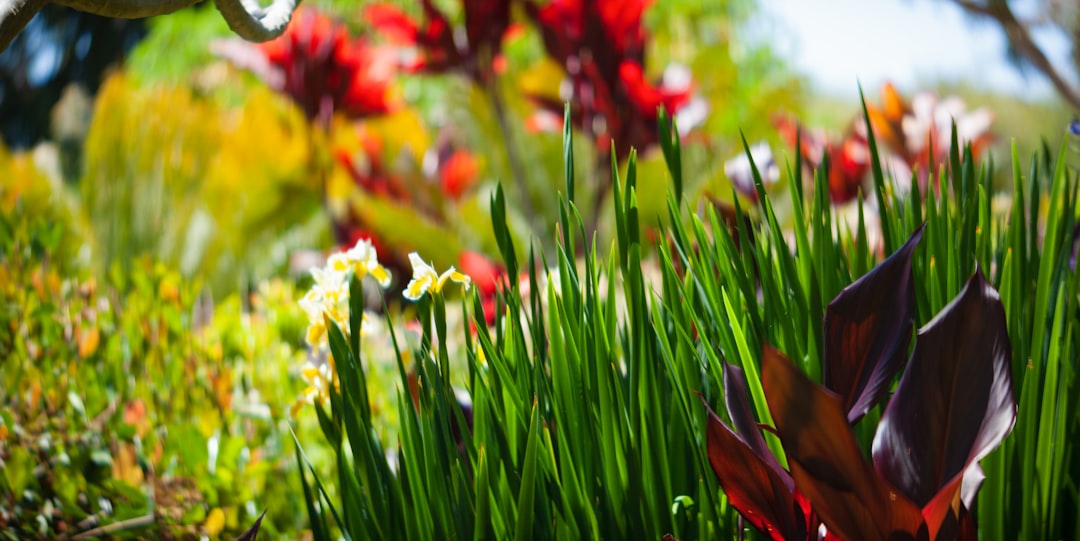Unleashing the Magic of Gigantic Veggies in Your Garden

Edible gardening has long been a cherished pastime, offering a blend of fresh produce, physical activity, and a deep - seated connection to nature. One particularly exciting aspect of vegetable gardening is the cultivation of giant vegetable varieties. These colossal crops not only yield an abundant harvest but also bring a sense of wonder and excitement to the entire family.
Let's start by exploring some of the most popular giant vegetable varieties. The giant pumpkin is perhaps the most well - known. With proper care and a bit of luck, these pumpkins can grow to astonishing sizes, often weighing hundreds of pounds. To grow a giant pumpkin, you need to start with high - quality seeds. Select a variety known for its large - size potential, such as the Atlantic Giant. Prepare a spacious and nutrient - rich patch in your garden. Pumpkins are heavy feeders, so incorporate plenty of compost and well - rotted manure into the soil before planting.
Once the seeds are sown, water them regularly, but be careful not to over - water. As the pumpkin vines grow, train them in a way that allows for maximum sunlight exposure and air circulation. Pruning is also crucial; remove any side shoots or smaller pumpkins so that the plant can focus its energy on growing one or a few large fruits. Fertilize the plants every few weeks with a balanced fertilizer, and as the pumpkin starts to grow, you can even place a board under it to prevent it from rotting on the ground.
Another remarkable giant vegetable is the giant zucchini. Zucchinis are generally easy to grow, but when aiming for giant sizes, a few extra steps are required. Start the seeds indoors about 4 - 6 weeks before the last frost date. This gives the plants a head start and allows them to establish a strong root system. When transplanting them outdoors, space the plants at least 3 - 4 feet apart to give them room to spread.
Zucchinis thrive in full sun and well - drained soil. Water deeply and consistently, especially during hot and dry periods. To encourage large growth, use a high - potassium fertilizer. As the zucchinis start to form, check the plants daily. Sometimes, the fruits can grow so quickly that they become over - sized in a matter of days. Harvest the giant zucchinis when they reach the desired size, but be careful when handling them as they can be quite heavy.
The giant cabbage is yet another impressive addition to an edible garden. Cabbages prefer cooler temperatures, so it's best to plant them in early spring or late summer. Choose a variety like the Mammoth Red Rock for large - sized cabbages. Prepare the soil by adding lime if it's too acidic, as cabbages prefer a slightly alkaline soil. Space the plants about 2 - 3 feet apart to allow for proper growth.
Keep the soil consistently moist but not waterlogged. Mulching around the plants can help retain moisture and suppress weeds. As the cabbage heads start to form, you can tie the outer leaves together to encourage a more compact and larger head. Fertilize the cabbages every few weeks with a nitrogen - rich fertilizer to promote leafy growth.
One of the great things about growing giant vegetables is the family - friendly nature of the activity. Children can be actively involved in every step of the process, from sowing the seeds to harvesting the massive crops. They can learn about plant growth, the importance of soil health, and the rewards of hard work. It also provides an opportunity for family bonding as everyone works together towards a common goal.
Moreover, these giant vegetables can be a source of pride and a conversation starter. You can enter them in local agricultural fairs or simply show them off to your neighbors. And of course, there's the practical aspect - the large harvest means you'll have plenty of fresh produce to enjoy. You can cook up delicious pumpkin pies, zucchini bread, and coleslaw from your home - grown giant vegetables.
In conclusion, growing giant vegetable varieties in your edible garden is a rewarding experience. It combines the joy of gardening with the thrill of seeing something extraordinary grow right in your backyard. With the right knowledge, patience, and a bit of effort, you can cultivate these massive crops and create memories that will last a lifetime.